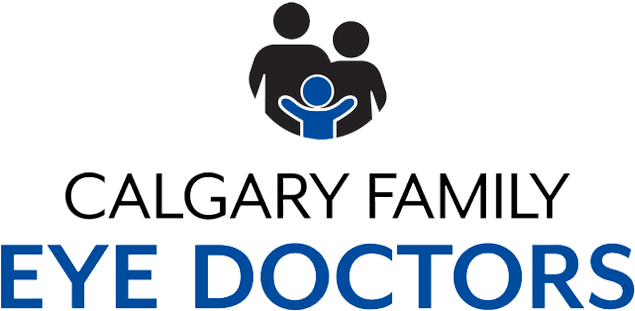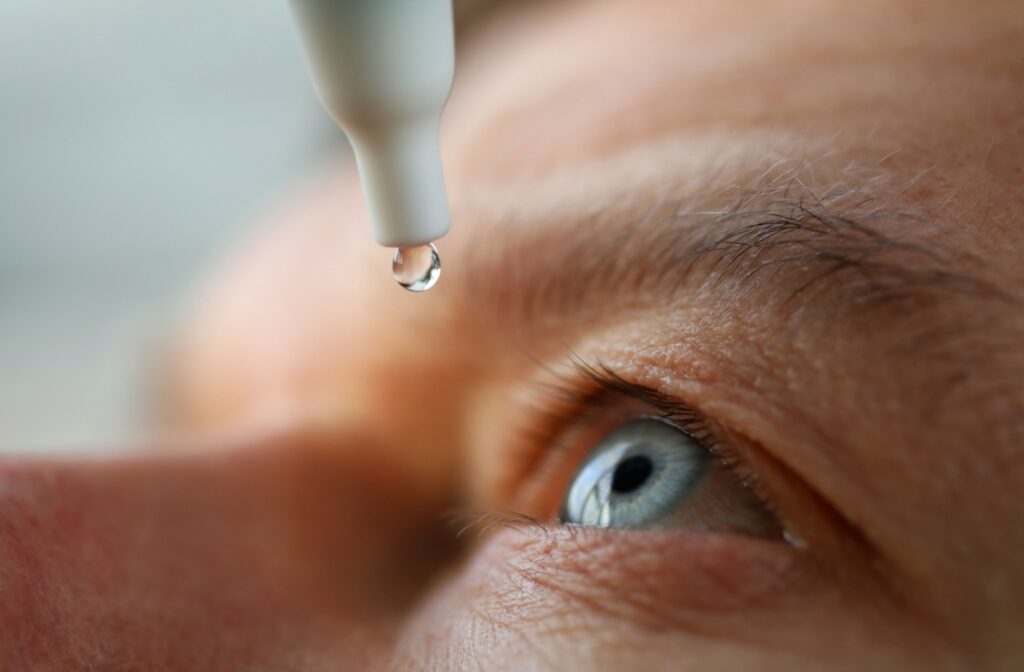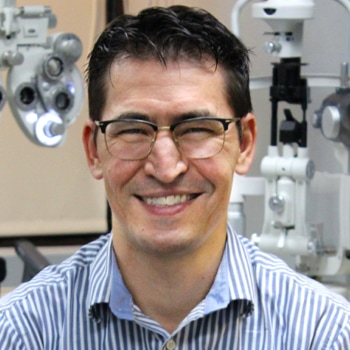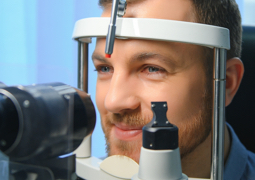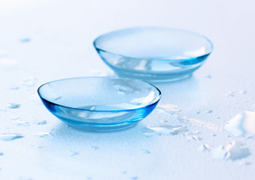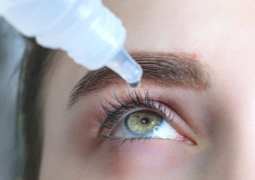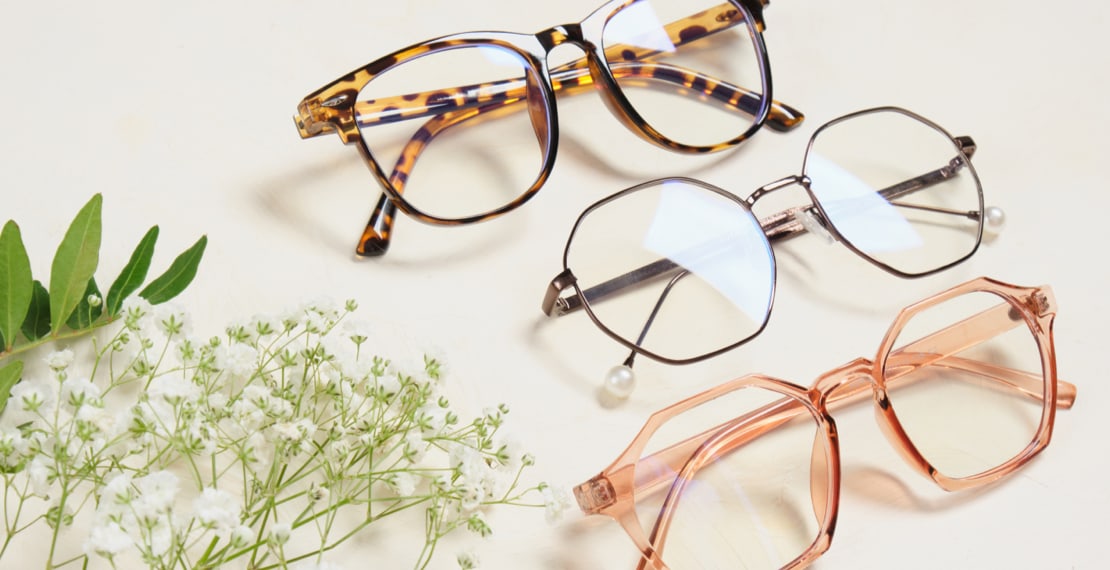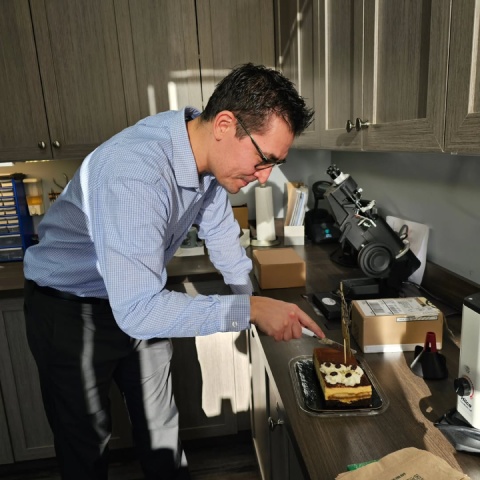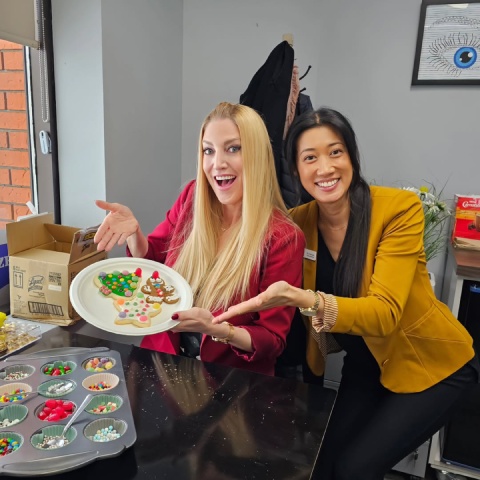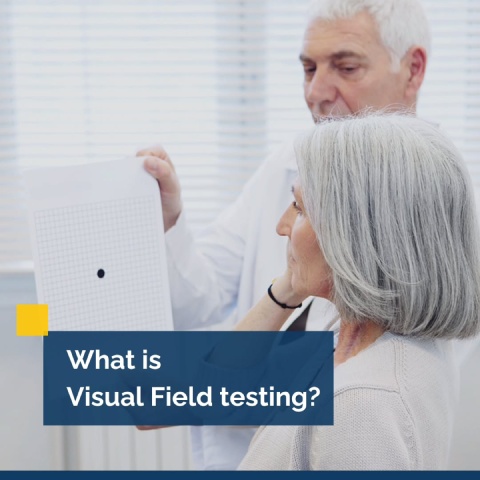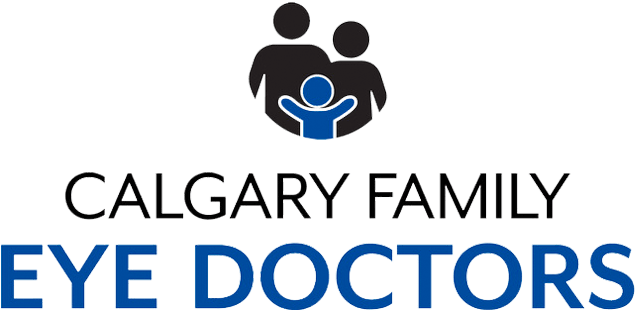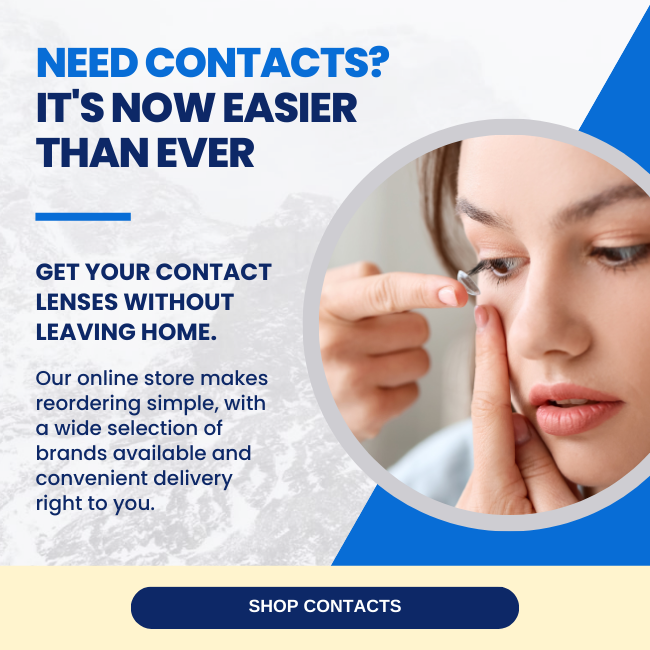Whether you’re managing dry eyes, treating an infection, or preparing for an eye exam, eye drops are a common part of many eye care routines. But even though they’re widely used, applying eye drops can be trickier than expected. Some people find it uncomfortable, while others worry about missing their eye entirely.
Fortunately, a little technique and a calm approach can go a long way toward making the process easier and more effective.
At Calgary Family Eye Doctors, we understand that not everyone feels confident using eye drops. We see patients every day who have questions about their prescriptions or want reassurance that they’re doing it right. The good news is, with some guidance and a bit of patience, applying drops can become a quick, straightforward part of your eye care routine.
Clean Hands, Clear Start
One of the first things to keep in mind is cleanliness. Always start by washing your hands with soap and warm water. You’ll be bringing your hands close to your face and eyes, and clean hands can help reduce the chance of introducing unwanted bacteria. Once your hands are clean, dry them with a lint-free towel to avoid transferring fibres to your eyes.
Next, check the bottle. Make sure the dropper tip remains clean and untouched. If you’re using prescription drops, double-check the label to confirm you’re taking the correct dose at the right time. Shaking the bottle might be necessary, depending on the type of drops. If so, your optometrist will let you know.
Positioning for Comfort & Control
Once you’re ready, find a comfortable place to sit or lie back. Tilting your head back and looking up at the ceiling can make it easier to apply drops without blinking reflexively. Some people prefer lying flat on a couch or bed, especially if they find it challenging to stay still or keep their eyes open in a seated position.
With one hand, gently pull down your lower eyelid to create a small pocket between your eye and eyelid. Holding the dropper with your other hand, position it just above your eye, but not too close. The dropper should never touch your eye or lashes. If it accidentally does, rinse the tip with clean water or ask your optometrist how to proceed.
Applying the Drop
Now comes the drop. Squeeze the prescribed amount, usually one drop, into the pocket of your lower lid. There’s no need to use more than one drop unless your optometrist has told you to do so. Using extra drops won’t increase the effect and might cause the medication to drain away before it can be absorbed.
After applying the drop, gently close your eyes. Try not to blink excessively or squeeze your eyes shut, as this can push the drop out of your eye.
Resting with your eyes closed for a minute or two can give the drop time to work. Some people find it helpful to press gently on the inner corner of the eye near the nose with a clean finger. This can help reduce drainage through the tear ducts.
Managing Multiple Drops
If you’ve been prescribed more than one type of drop, wait before applying the next one. This waiting period allows the first drop to be absorbed properly. Your optometrist may recommend waiting at least five minutes between different drops, especially if they contain different active ingredients.
Using Eye Drops with Contact Lenses
For those who wear contact lenses, timing is key. Not all drops are compatible with contact lenses, so check with your optometrist before applying them. You may be advised to remove your lenses, wait for a set period after applying the drops, and then reinsert them. In some cases, your optometrist might recommend preservative-free drops that are lens-friendly.
Support for Children & Seniors
Children and seniors may need some extra help or encouragement when using eye drops. For children, having a parent or caregiver nearby to guide the process can make a big difference. Seniors who have difficulty with hand dexterity might benefit from using a drop aid device. These tools are designed to help steady the hand and keep the bottle at the right angle.
Sticking to Your Routine
Consistency is key when using eye drops, especially if you’re treating a chronic condition like dry eye disease or glaucoma. Setting reminders on your phone, marking a calendar, or integrating drops into your daily routine, like after brushing your teeth, can help make the habit stick.
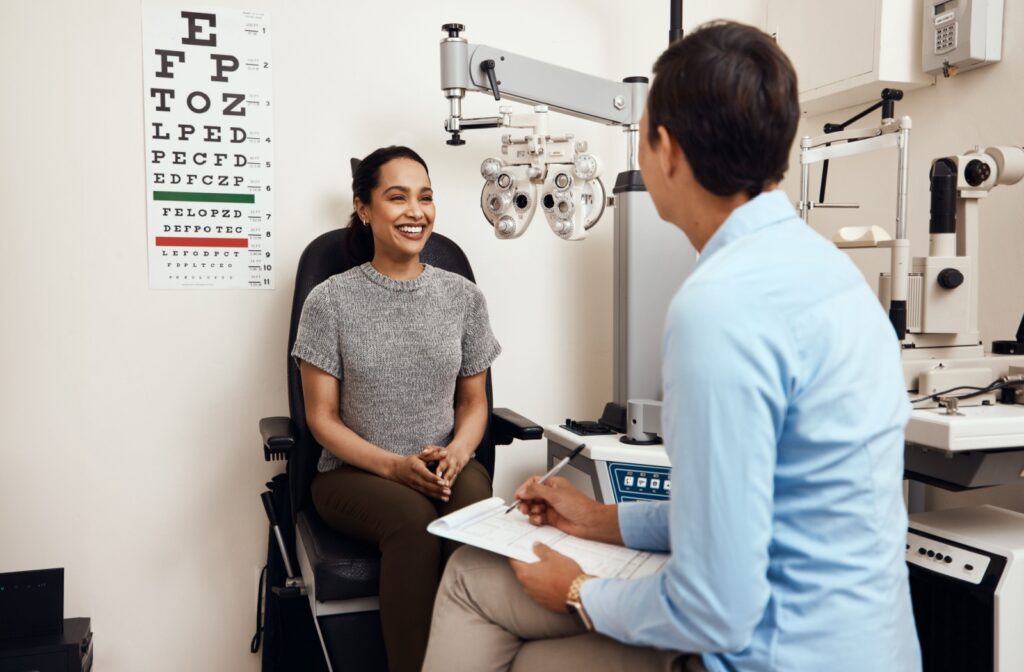
When to Ask for Help
If you’re finding it difficult to apply drops on your own, talk to your optometrist. There may be alternative techniques or products that work better for you. At Calgary Family Eye Doctors, we take the time to listen to your concerns and offer practical advice based on your needs. Your comfort and eye health matter, and we’re here to help make managing your eye care a little easier.
Making Eye Drops Part of Your Eye Health Plan
Eye drops can be a valuable part of your treatment plan, and learning how to use them correctly can make a real difference. While it may take a few tries to get the hang of it, a steady approach and a little patience usually lead to better results.
If you have questions about your prescription, technique, or how eye drops fit into your overall eye health plan, our team at Calgary Family Eye Doctors is happy to help. We offer comprehensive eye care and personalized support to help you feel confident in your routine.
Your comfort and clarity matter, and we’re here to support you every step of the way.
